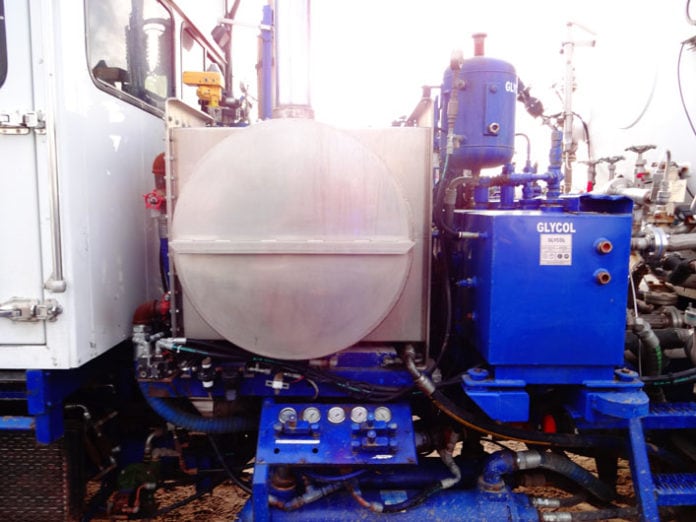Nitrogen is commonly used both for upstream and downstream oil and gas operations.
The main advantage of N2 over other gasses is that it is neutral.
This is very important when dealing with combustible liquids and gases that are common in the oil patch.
It also doesn’t react with metals to cause corrosion like oxygen and it is non-toxic.
N2 is a highly compressible gas and is usually stored under pressure and transported in N2 pumps and tankers to the location.
It is very abundant and it makes up around 78% of the air we breathe.
This makes N2 relatively easy and cheap to extract.
Related: What is Coiled Tubing?
How is N2 Extracted From Air for Oil and Gas Operations?
There are several ways to extract N2 from the air.
Fractional Distillation – consists of cooling air and then breaking it down into different gases based on their boiling point.
Membrane – the air is passed through special fibers that can separate it into different gases based on their speeds. This is usually a slower process and the purity of N2 gas depends highly on the membrane used.
Pressure Swing Adsorption – compressed air is passed through the specially designed equipment with adsorption material inside that adsorbs oxygen and lets nitrogen pass through.
Related: 18 Most Common Coiled Tubing Applications
Most Common N2 Operations in the Oil Field
Well Kickoff with N2 – some wells have very low bottom hole pressure and when the wellbore is full of heavier fluid the well might stop producing because hydrostatic pressure is higher than bottom hole pressure.
N2 is often used to lower the pressure of a hydrostatic column of the fluid in the wellbore by displacing a heavier fluid from the well and bringing the well back to production.
Sometimes coiled tubing is used to pump N2 to the bottom of the well and lift the wellbore fluids.
Pipeline/Plant/Equipment Purging – N2 is often used to purge pipelines, plants, and various oilfield equipment to remove oxygen and hazardous/combustible gasses and chemicals.
This is also often done to prevent rusting during the non-operating time.
Pipeline Pigging – this involves pushing a pig with N2 to clean the pipeline and remove any wall buildups.
Well Drilling and Intervention Operations – when working on low-pressure wells N2 can be pumped along with the fluid to keep hydrostatic pressure lower than bottom hole pressure to avoid loss of returns.
Hydraulic Fracturing – N2 is sometimes used in lower pressure formations during frac to energize the formation.
This helps with fluid flow back post the frac and decreases the amount of fluid required for the frac.
Coiled Tubing N2 Purging – after the workover operation is completed fluid needs to be removed from the coiled tubing before the unit can travel.
This decreases the weight of the coil, prevents freezing in the winter, and slows down corrosion.
Pressure Testing – N2 can also be used for pressure testing various field equipment.
However, because gas is compressible it is not ideal for higher pressure applications.
Enhanced Oil Recovery – N2 can be injected into the formation to increase reservoir pressure and help the production.
Related: What is Hydraulic Fracturing?
